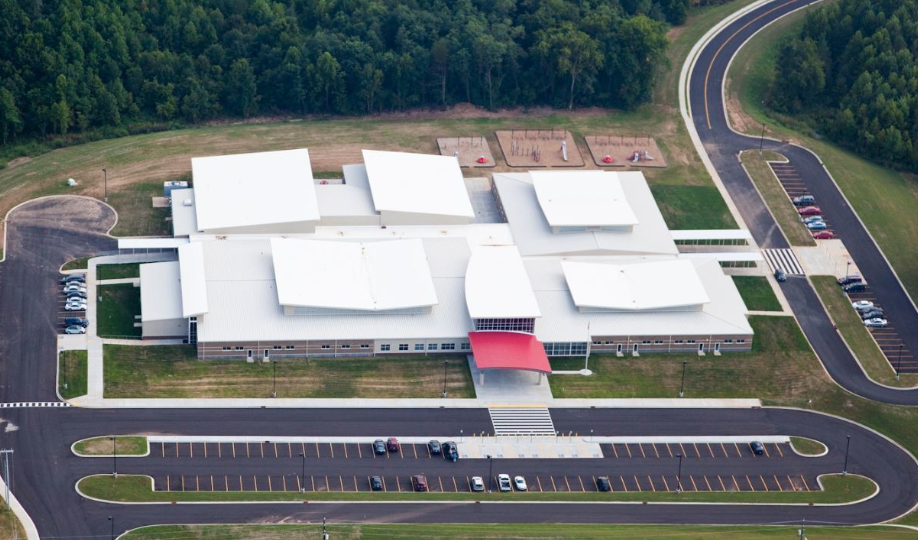
What is the Concrete Temperature Limit?
Concrete is a versatile and durable construction material that is predominantly used in both commercial and residential structures. It’s essential to understand concrete’s thermal properties, specifically its temperature limits, to optimize its strength and durability.

How to Insulate Block Walls for Optimal Thermal Efficiency
Want to improve thermal efficiency? Learn how to insulate block walls effectively with the best methods and materials for energy-saving results!

What is the R-Value of Concrete? How to Maximize Wall Insulation with ICFs

How Much Does it Cost to Build a Warehouse?
A business must consider several expenses when determining the overall cost of building a warehouse: soft, hard, long-term, and finance costs.

8 Energy Star Requirements for New Homes and How to Meet Them

Building for the Future: Exploring ICF Construction in Washington State

Choosing the Right Insulation R Value for High-Performance Homebuilding
Thermal control defines the long-term comfort and efficiency of every home. As energy codes tighten and building science evolves, insulation performance is under more scrutiny than ever.

Why More School Boards Are Turning to ICF School Construction for Long-Term Cost Savings

How to Assess Contractors for Building with ICFs

The New Canadian NBCC Code and ICFs Compared to Wood Framing